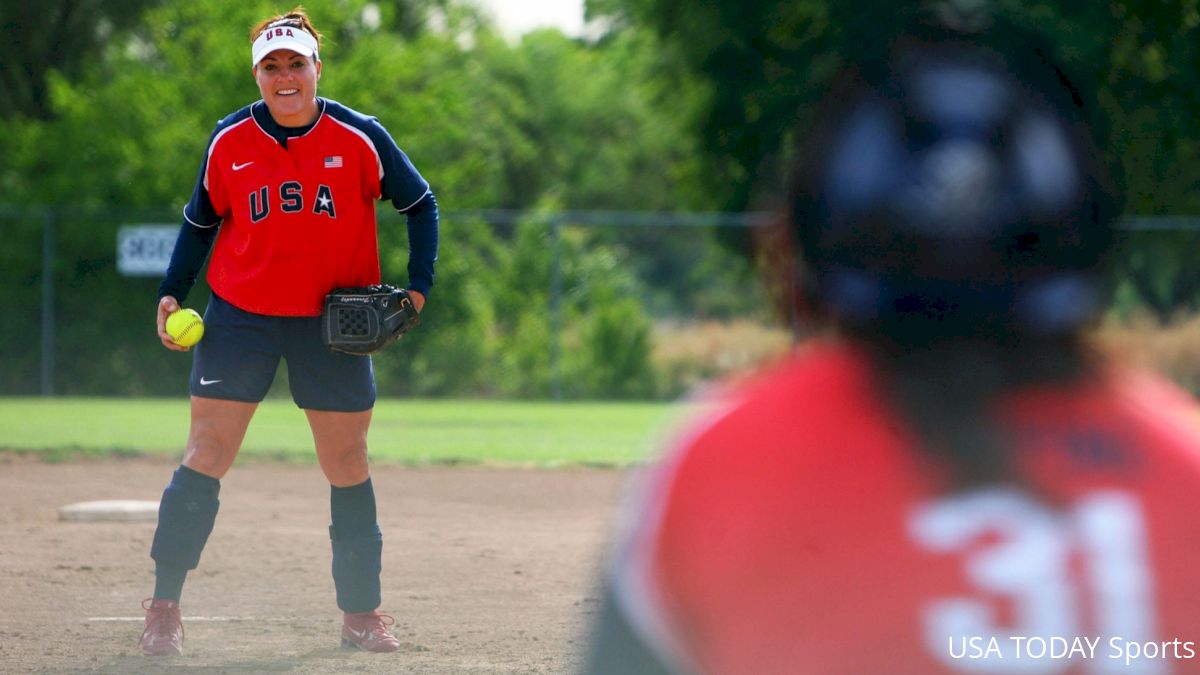The History of Softball: How Did It All Get Started?
The History of Softball: How Did It All Get Started?
What is the history of softball, and how did we get to where we are today?

Contrary to what many might believe, the wonderful sport of softball was not actually born as a derivative of baseball, but rather was created spontaneously inside of the Farragut Boat Club in Chicago, IL.
It all began in 1887, when a crowd of people gathered inside the Farragut Boat Club to await the result of the Harvard vs Yale Football game -- of course, there weren't TV's or radio back then, so newspapers and word of mouth were your sources of information. When the result came in, a 17-8 Yale victory, one ecstatic Yale fan threw an old boxing glove at a Harvard fan, who responded by swinging at the glove with a broomstick he was holding.
Looking on with interest, a reporter by the name of George Hancock suggested they play a game of "indoor baseball." He tied together the strings of the pair of boxing gloves to make a ball and used a piece of chalk to draw home plate, a pitchers mound, and bases. The initial game of softball ended with a final score of 41-40, and thus a new sport was invented.
In the spring, Hancock introduced the game to the outdoors, calling it "Indoor-Outdoor", and the sport was played on a smaller diamond than the traditional baseball fields. Hancock amended 19 new rules which were adopted by the Mid Winter Indoor Baseball League of Chicago in 1889.
Firefighters Helped Spread The Game
The new sport of "Indoor-Outdoor Baseball" had begun to spread and catch the attention of more Americans at the end of the 19th century, but it really took off when the Minneapolis Fire Department got ahold of the game. Lewis Rober, a Minneapolis Fire Department lieutenant, wanted a way to keep his firemen fit during their off time, and so he introduced the sport to them.
Rober tweaked the game in a few ways, making a field next to the fire station with a pitcher's mound 35 feet from home plate and using a small sized medicine ball to play with. The game was an instant hit, and overnight you had fire departments from all over the state joining the sport and competing with each other.
Softball Took On Many Names Through The Years
Rober moved to a new fire station in 1895, and had named his team the "Kittens". This led to a new name for the sport, called "Kitten Ball", and until 1926 it was called anything from Indoor Ball to Kitten Ball to Playground Ball to Diamond Ball. People also called it Pumpkin Ball, Recreation Ball, Twilight Ball, Army Ball, Lightning Ball, Mushball, Big Ball and Night Ball. In 1926, however, a man named Walter Hankanson, a YMCA official in Denver, coined the term Softball and by 1930 that became the officially recognized name of the sport.
Creating An Association
Forming a nationwide union of teams proved difficult until the early 1930s. Efforts in the past to create an association struggled, but in 1933 a pair of men from Chicago, Leo Fischer and Michael J. Pauley, decided to host a massive softball tournament at the World's Fair in Chicago. Their idea was to have the teams all meet up and compete and then have them agree to split into separate statewide organizations that made up a national governing body.
The tournament included 55 teams, divided into three groups: fast pitch, slow pitch, and women's softball. They used a 14-inch ball for this tournament -- we now use 12-inch balls.
After the competition, the Joint Rules Committee -- the national authority on the sport -- finally approved the Amateur Softball Association (ASA), and thus softball had its first real opportunity to carry out Fischer and Pauley's vision of growing the sport through regional bodies at the local and youth levels.
The ASA has remained in place to this day, although since 2016 it has gone under the name of USA Softball. Softball is now one of the biggest and best sports in the world, and there is no reason to believe it won't continue to grow in the future.